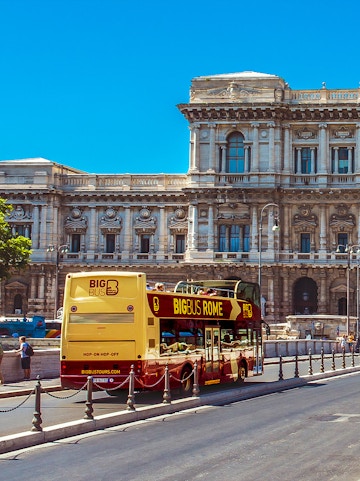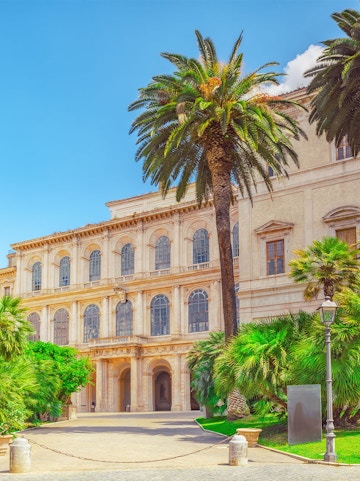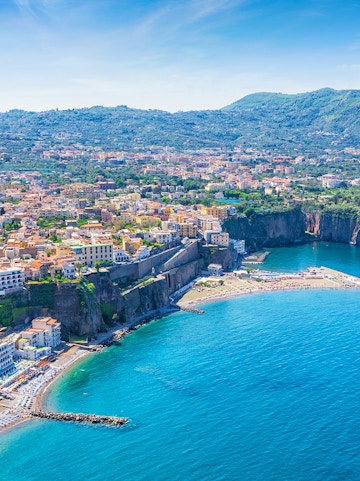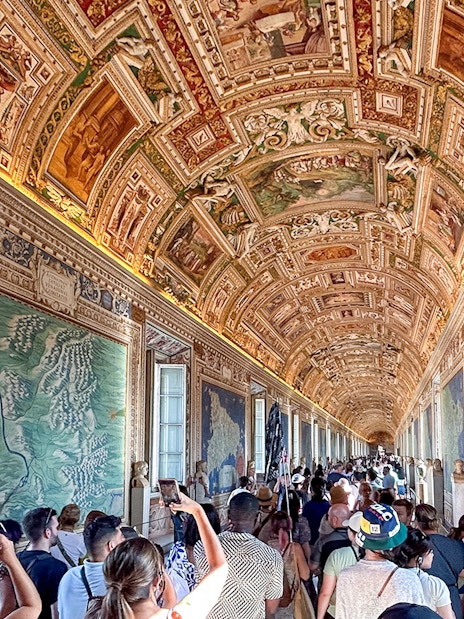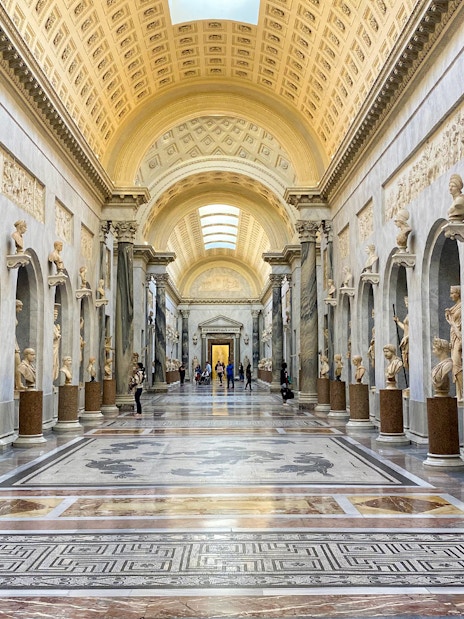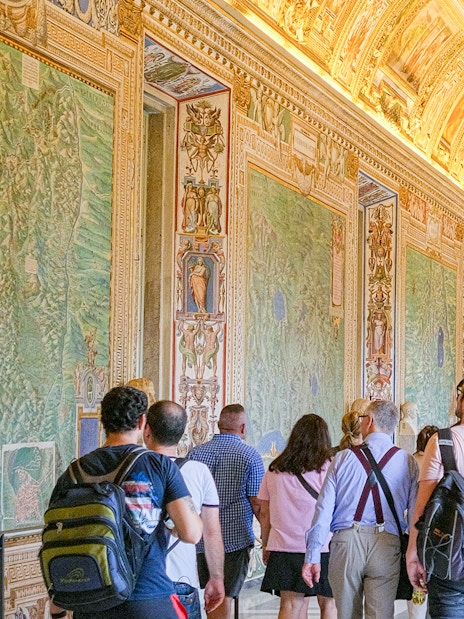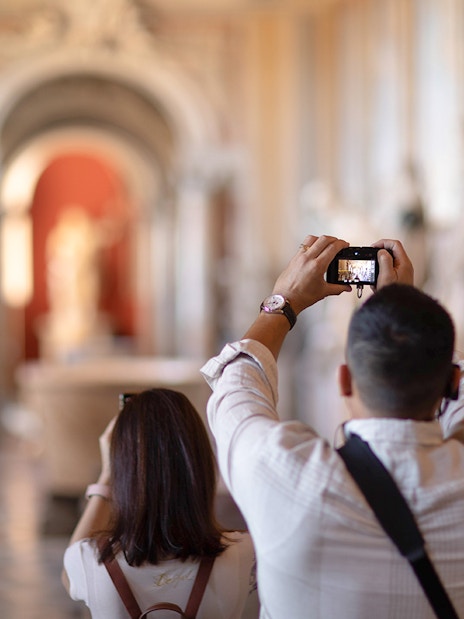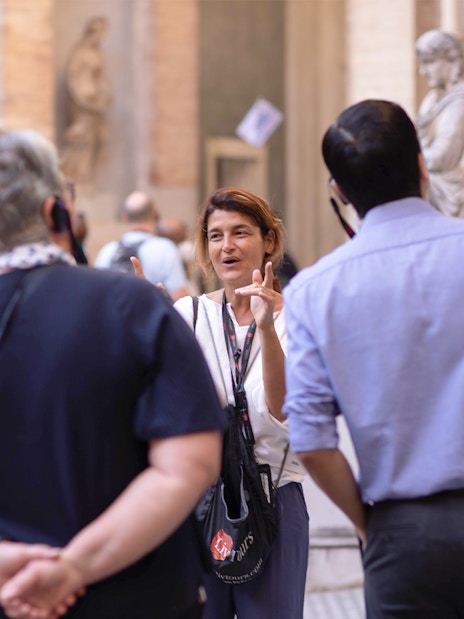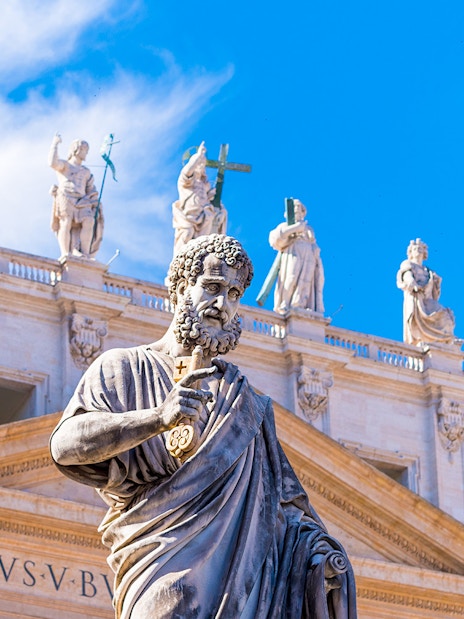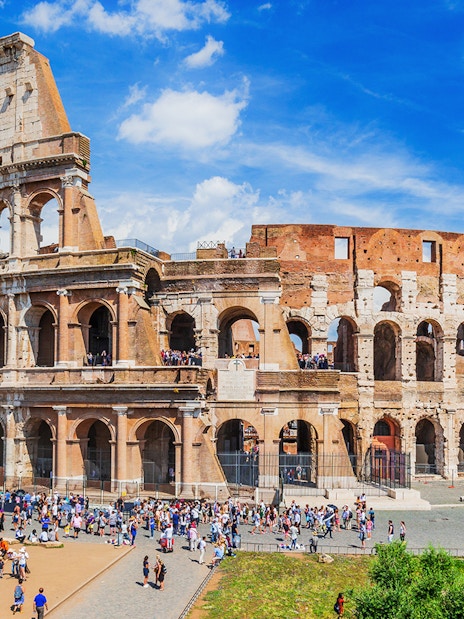What is the Apostolic Palace?
Situated in Vatican City, to the northeast of St. Peter’s Basilica, is the Apostolic Palace is known as the official residence of the reigning pope.
Not to be confused the Apostolic Palace of Castel Gandolfo, the former summer palace of the Pope; the Apostolic Palace is the formal residence of the Pope. The palace comprises over 1000 rooms, excluding which there are several Papal Apartments, the Vatican Library, a few Catholic Church’s government offices as well as numerous private and public chapels among other buildings.
Apart from being the Pope’s formal home, the Apostolic Palace consists of several administrative offices which are used to administer the function of the Vatican State. Perhaps the most important part of the Pope’s home is the fact that it has become a tourist-facing component in Rome. The several gardens, fishponds, attractive museums, library, and natural conservatories, to name a few, are amongst the few outstanding features that the Palace is known for and is a spot to be explored. The palace is also otherwise known as the Papal Palace, the Vatican Palace, the Vatican Palace, and also the Palace of the Vatican.
























